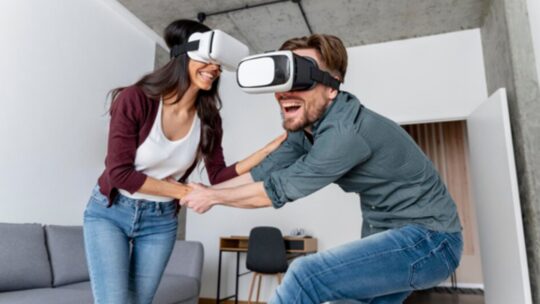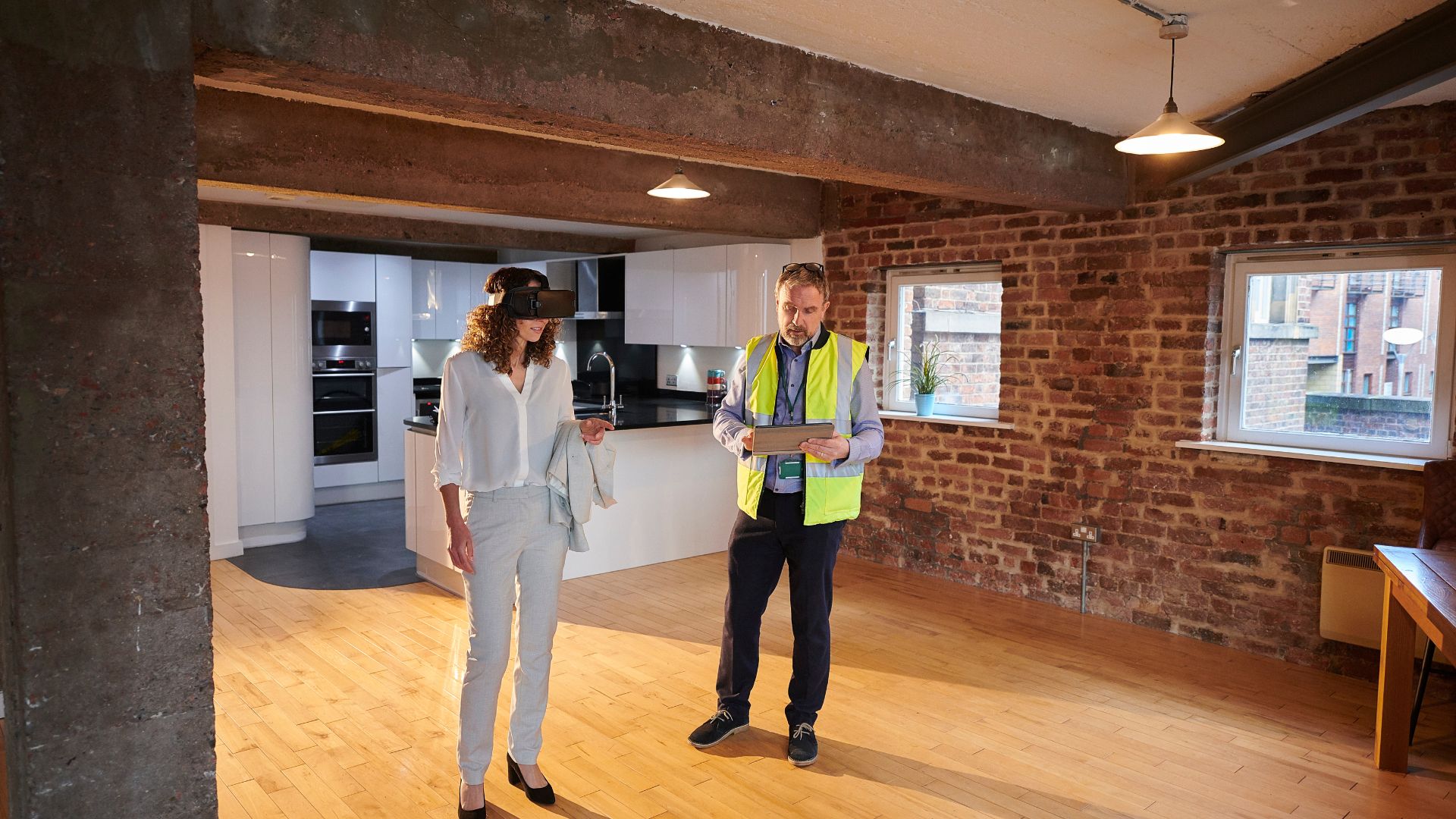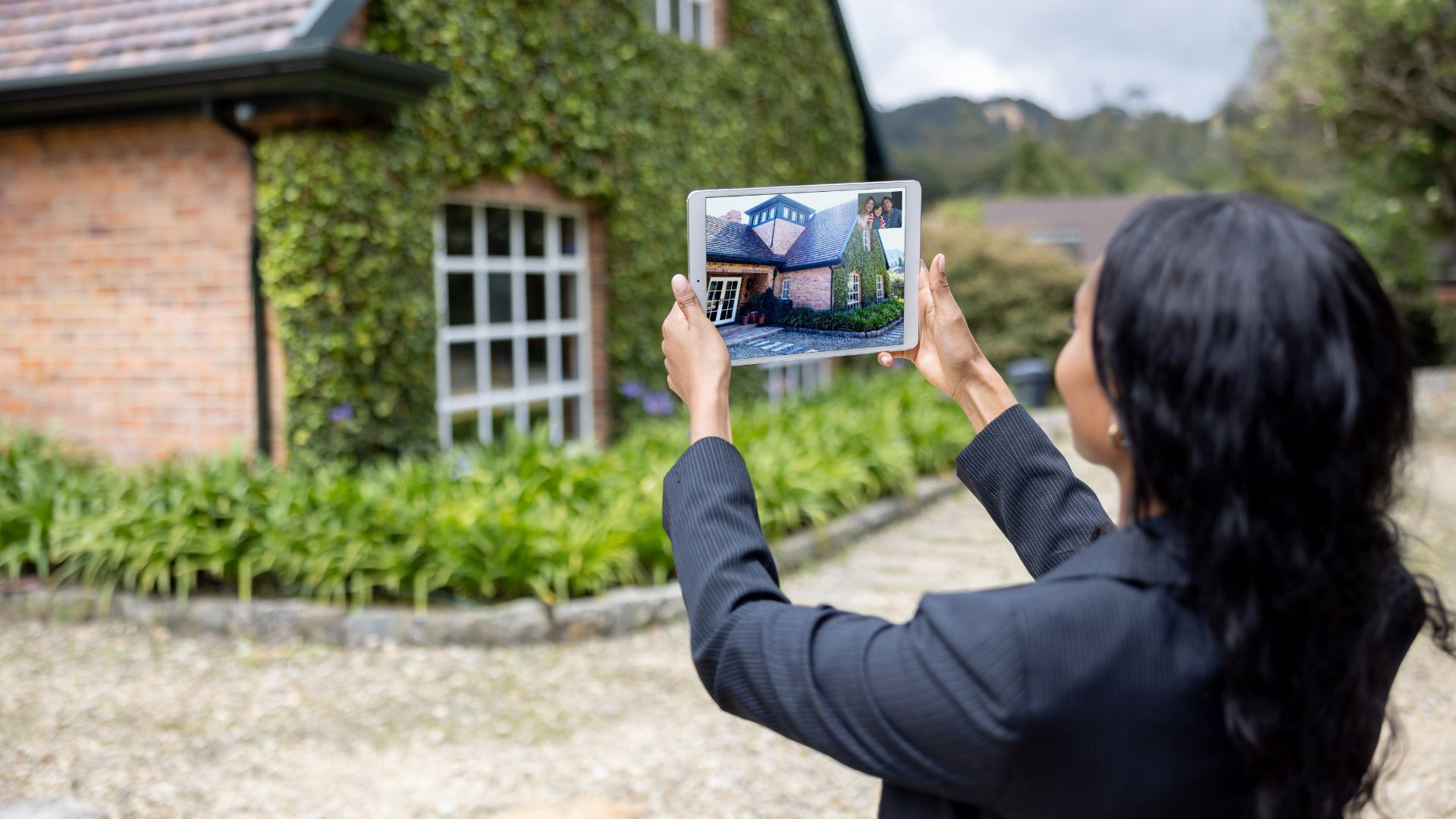
In the ever-evolving landscape of real estate, technology continues to play a pivotal role in reshaping how properties are bought and sold. One of the latest and most transformative innovations in the industry is the advent of virtual tours, specifically 3D virtual tours, and interactive virtual tours. These cutting-edge technologies have revolutionized the way potential buyers and tenants explore properties, offering a dynamic and immersive experience that goes beyond traditional photographs and floor plans.
The Rise of Virtual Tours
Traditional methods of property viewing, such as static images and flat floor plans, have long been the norm in the real estate industry. However, these conventional approaches often fall short of providing a comprehensive understanding of a property’s layout, design, and overall ambiance. This limitation led to the rise of virtual tours as a more engaging and informative alternative.
A 3D virtual tour and industrial 3D Render allow users to navigate through a property virtually, experiencing a three-dimensional representation that provides a realistic sense of space and proportion. This technology leverages high-quality imagery and advanced rendering techniques to create a lifelike environment that can be explored from the comfort of one’s computer or mobile device.
The Power of 3D Virtual Tours
The term encompasses a range of technologies, from basic 3D models to more advanced immersive experiences. The primary goal is to offer a sense of presence, allowing users to feel as though they are physically present within the property.
These tours often begin at the property’s entrance, providing a seamless journey through each room and space. Users can navigate at their own pace, zoom in to examine details and gain a holistic understanding of the property’s layout. This level of interactivity fosters a deeper connection between the potential buyer or tenant and the property, enhancing the decision-making process.

One of the significant advantages is their accessibility. Prospective buyers or tenants can explore a property from anywhere in the world, eliminating the need for physical visits during the initial stages of the decision-making process. This is particularly beneficial in situations where distance or time constraints may impede in-person visits.
Interactive Virtual Tours: A Closer Look
Within the realm of virtual tours, the concept of interactivity takes the experience to the next level. Interactive virtual tours involve features that go beyond passive observation, allowing users to actively engage with the virtual environment. This interactivity can manifest in various forms, such as clickable hotspots, informative pop-ups, or even integration with additional media like videos or audio commentary.
Clickable hotspots enable users to interact with specific elements within the virtual tour. For example, a user could click on a hotspot in the kitchen to access additional information about the appliances or in the living room to view a 360-degree image of the surrounding views. This level of engagement ensures that users receive comprehensive details about the property, fostering a more informed decision-making process.
Integration of multimedia elements, such as videos or audio commentary, further enhances the interactive virtual tour experience. Videos can provide a guided walkthrough of the property, highlighting its key features and showcasing the lifestyle it offers. Similarly, audio commentary can offer insights into the property’s history, architectural details, or unique selling points.
The Benefits for Real Estate Professionals
Real estate professionals stand to gain numerous benefits from adopting 3D virtual tours and interactive virtual tours as part of their marketing strategy. Firstly, these technologies enhance the property listing, making it more attractive and engaging to potential buyers or tenants. A visually immersive experience can capture attention and leave a lasting impression, increasing the likelihood of inquiries and showings.
Additionally, virtual tours save time for both real estate agents and clients. With the ability to explore properties remotely, potential buyers can narrow down their options before committing to in-person visits. This efficiency streamlines the entire buying or renting process, making it more convenient for all parties involved.
Furthermore, the use of virtual tours demonstrates a commitment to innovation and a willingness to embrace technology, positioning real estate professionals as forward-thinking and client-focused. This modern approach can differentiate them in a competitive market and attract tech-savvy clients seeking a cutting-edge experience.
The Impact on Buyer Decision-Making
For potential buyers and tenants, the adoption of interactive virtual tours represents a paradigm shift in property exploration. These technologies empower users to take control of their property search, offering a level of engagement that traditional methods cannot match.
The immersive nature of virtual tours provides a more accurate representation of the property, helping users envision themselves in the space. This emotional connection can significantly influence the decision-making process, as users are more likely to pursue properties that resonate with their preferences and lifestyles.

The convenience of virtual tours cannot be overstated, especially in today’s fast-paced world. Prospective buyers or tenants can explore multiple properties in a single sitting, compare features, and shortlist their preferences without the constraints of geographical location or time zones.
Challenges and Considerations
While 3D virtual tours and interactive virtual tours have revolutionized the real estate industry, there are still challenges and considerations to be mindful of. The initial costs associated with creating high-quality virtual tours can be a barrier for some real estate professionals, particularly those operating on smaller budgets. However, as technology continues to advance, the costs are likely to decrease, making these tools more accessible to a broader range of professionals.
Another consideration is the need for user-friendly interfaces and intuitive navigation within virtual tours. A poorly designed or confusing experience may detract from the overall impact and effectiveness of the technology. Real estate professionals should prioritize user experience to ensure that potential buyers or tenants can easily explore properties and access relevant information.
Future Trends and Developments
As technology continues to evolve, the future of virtual tours in real estate holds exciting possibilities. The integration of augmented reality (AR) and virtual reality (VR) into property exploration is on the horizon, promising even more immersive and interactive experiences. Imagine putting on a VR headset and virtually walking through a property as if you were physically there or using AR to overlay additional information on specific elements within a space.
Additionally, advancements in artificial intelligence (AI) may lead to more personalized virtual tour experiences. AI algorithms could analyze user preferences and behavior, tailoring the virtual tour to highlight features that align with individual tastes and priorities. This level of customization could significantly enhance the user experience and increase the effectiveness of virtual tours as a marketing tool.
Conclusion
3D virtual tours and interactive virtual tours have emerged as game-changers in the real estate industry. These technologies not only provide a more immersive and engaging experience for potential buyers or tenants but also offer significant benefits for real estate professionals. As the demand for virtual property exploration continues to grow, it is evident that virtual tours are not just a passing trend but a fundamental shift in how properties are marketed and experienced.
The adoption of these technologies is likely to become the new standard in the real estate industry, with ongoing advancements and innovations ensuring that virtual tours remain at the forefront of property marketing. As we look to the future, the integration of AR, VR, and AI holds the promise of even more personalized and captivating virtual tour experiences, further shaping the way we buy, sell, and experience real estate.























